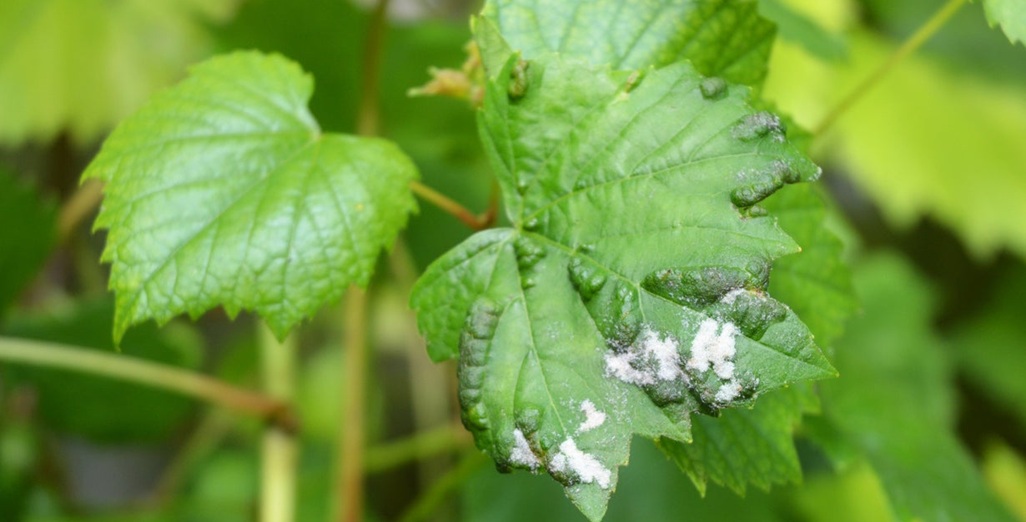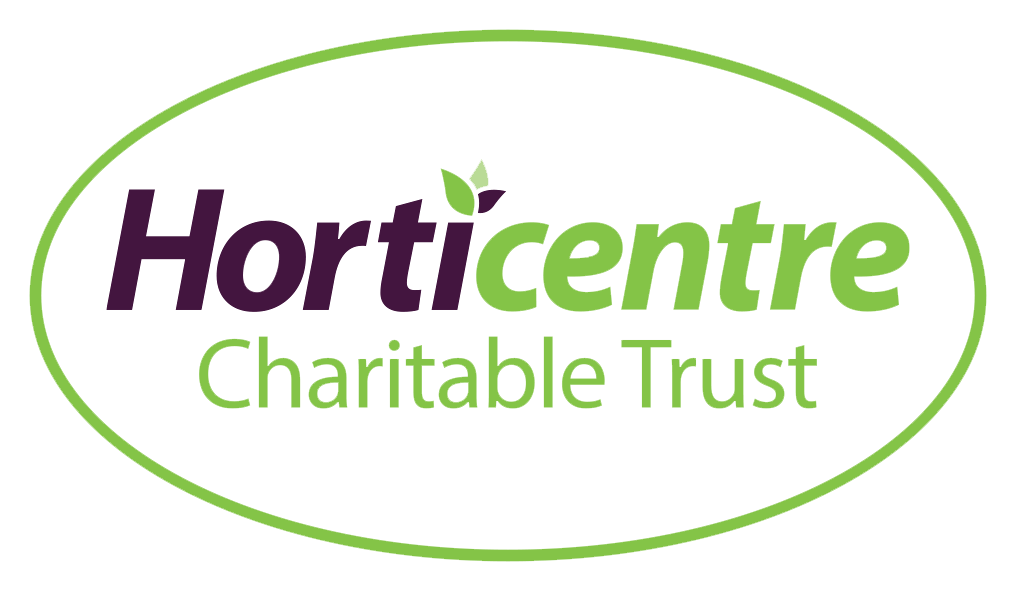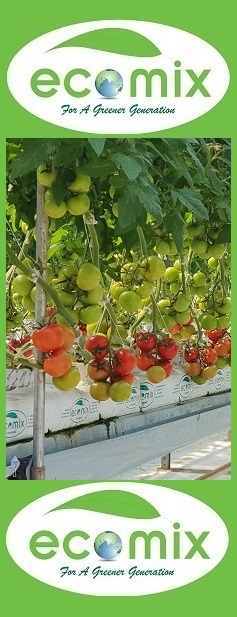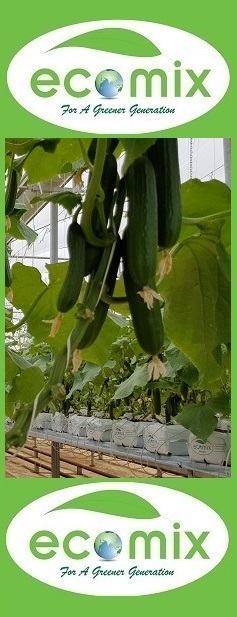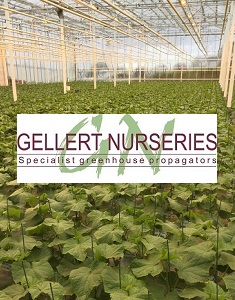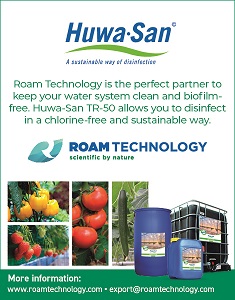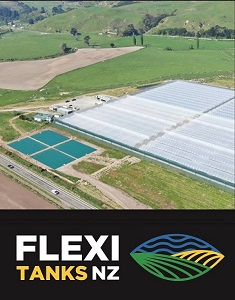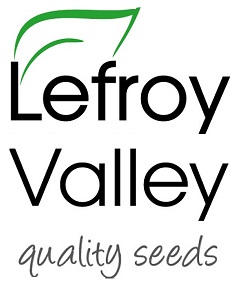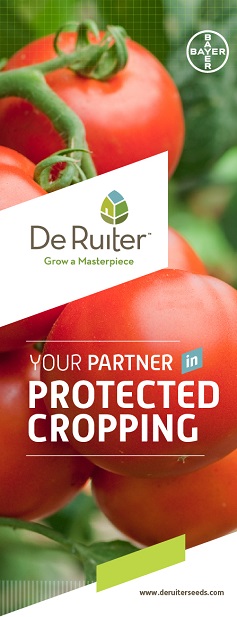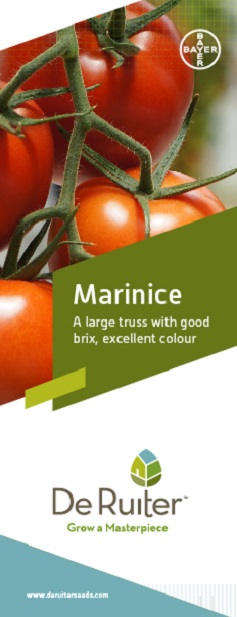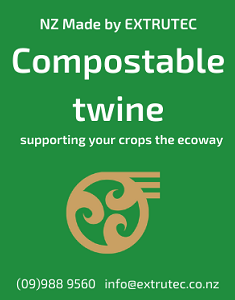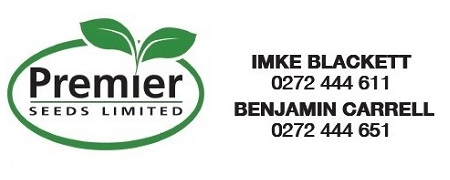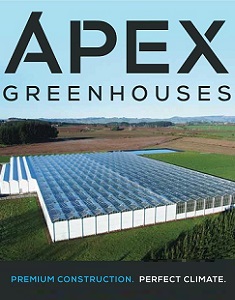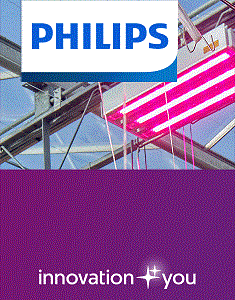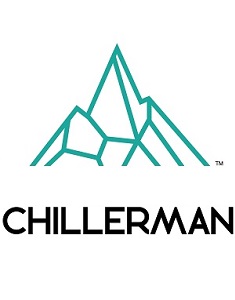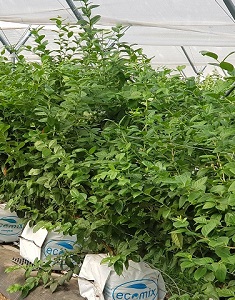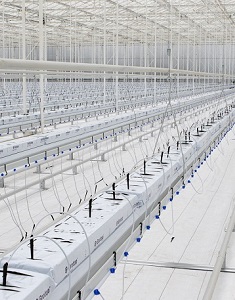Sign up here to subscribe to the Grower2grower Ezine. Every two weeks you will receive new articles, specific to the protected cropping industry, informing you of industry news and events straight to your inbox.
Jul 2018
Using Screens in New Zealand Conditions
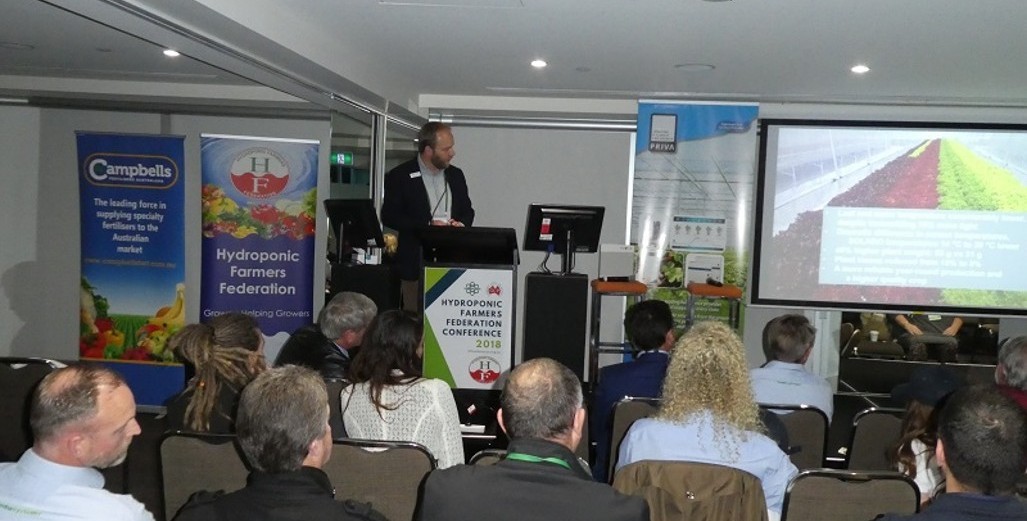
Using Screens in New Zealand Conditions
Its time to start thinking of new options.
Last week at the Australian HFF conference in Melbourne a presentation was given by Ton Habraken, Greenhouse Climate Consultant for Ludvig Svensson, about his company’s greenhouse screens and their climate control possibilities. It was an excellent presentation which has relevance for New Zealand greenhouse growers moving forward.
The use of screens in New Zealand, especially Auckland and North of Auckland, has not always been considered as a ‘must have’, due to our moderate climate. However, with the introduction of new types of screens, and not just energy screens, the viability of faster returns on investment is now possible.
Some grower’s current structures mean retrofitting is probably not on the cards, but for some existing greenhouses, especially new builds, it is advised to at least do the numbers.
Years ago, the perception I had was screens would only assist with shade and a small saving in energy. I was taught many years ago, whilst growing tomatoes, that shading your crop in New Zealand conditions is counterproductive. If you did shade you would create soft plants, less roots etc etc. In 2018 however, screens have evolved and there are many more options that suit our conditions, which will contribute to energy saving and better light transmission. Newly developed diffused screens act both as an energy screen and light scattering. Diffused screens are already in many properties in the greater Auckland area, they are especially popular with cucumber, eggplant and capsicums growers. Imagine, during the hard frosts we had in the mornings last week, if you had a screen which kept the warmth in and allowed light to penetrate into the crop without having to close the screens totally until late in the morning.
The screens available are versatile. For capsicum growers who need screens in the summer, the Harmony screen, which is used for diffusion, shading and cooling, is an option to be considered. Tomato growers should consider the Luxous range, which lets more daylight reach the crop while saving energy. In the warmer months, if you want to protect your crop, you will not be able to use your screens but you can always use diffused coatings on your glasshouse roof to protect your crop.
With what appears to be the imminent arrival of medicinal cannabis growing in New Zealand, Svensson has the Obscura range of black out screens. These are installed for cannabis growers as they need a set period of darkness each day. These properties will also be equipped with supplementary lighting.
For countries in the Middle East, where there is plenty of usable light at the start and end of the day, screening can help reduce greenhouse temperatures by up to 10 degrees in the middle of the day. Screens are fitted on top of the greenhouse to achieve this!
Harmony = high grade light diffusion
Luxous = energy saving with maximum light transmission.
I appreciate your comments. Please feel free to comment below or on the grower2grower Facebook page:
https://www.facebook.com/StefanGrower2grower/
Article Written by Stefan Vogrincic, Consultant, Grower2Grower
CLASSIFIED
Subscribe to our E-Zine
More
From This Category
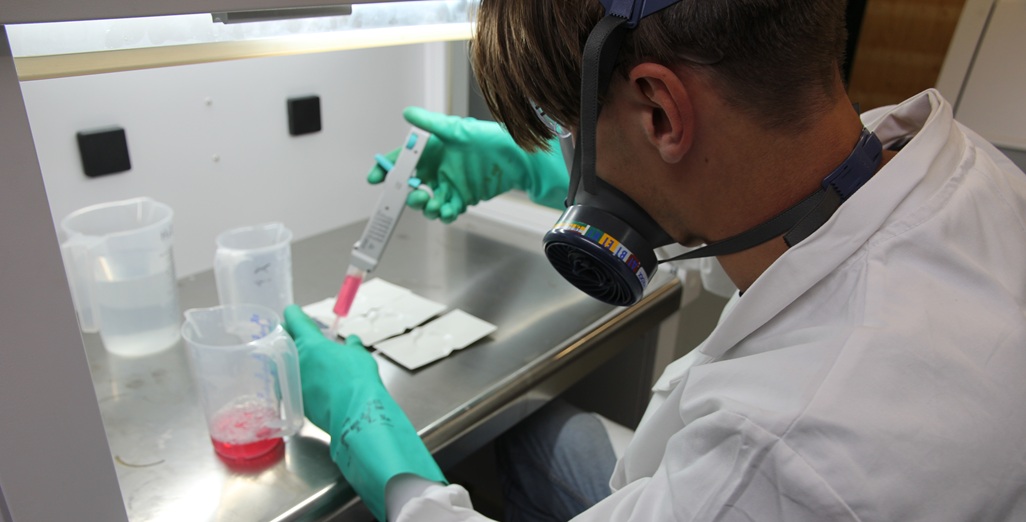
Metazet investigates chemical resistance of cultivation gutters: material choice crucial under stricter cleaning protocols
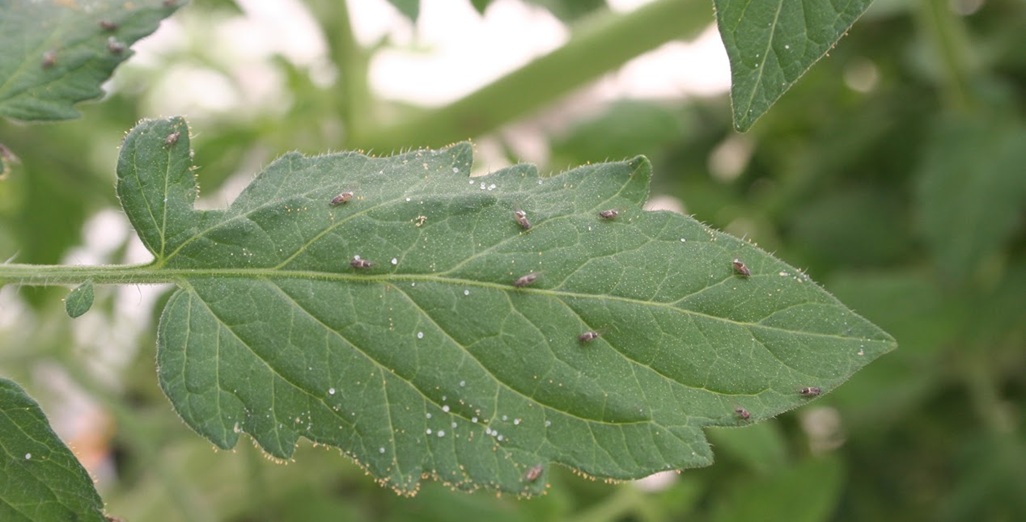
Tomatoes biocontrol focus of new podcast series
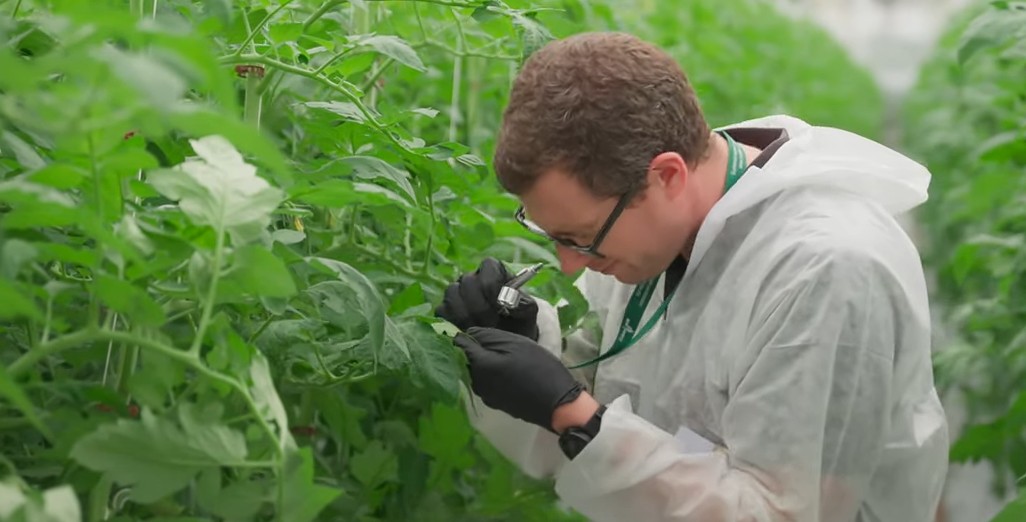
Have your say and go in to win (ALT)
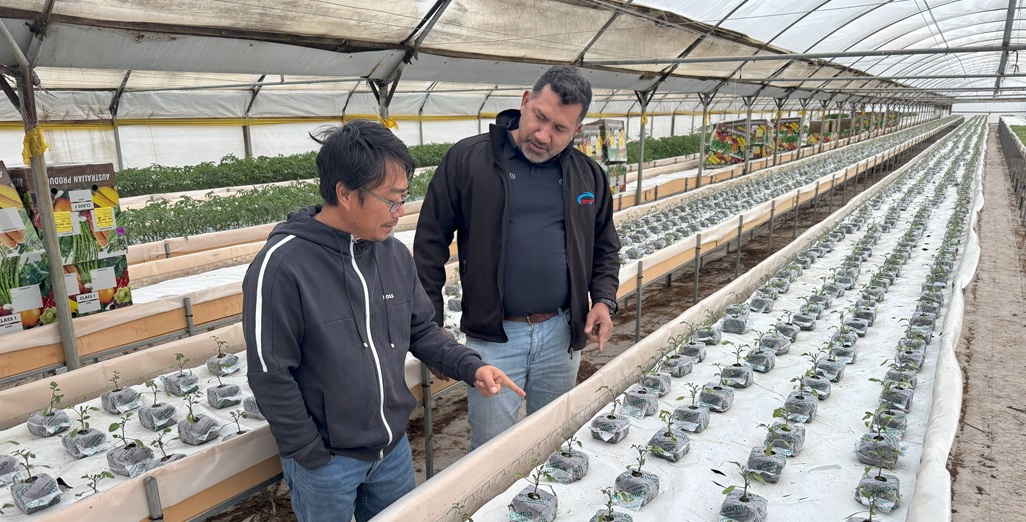
Visit to Ecomix Headquarters in Melbourne
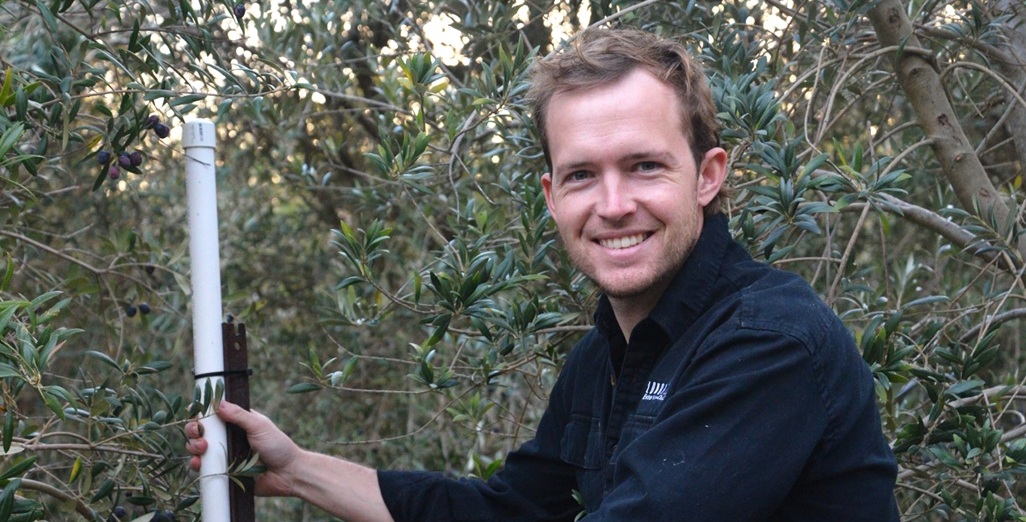
Australian horticulture’s $1 billion annual productivity opportunity
